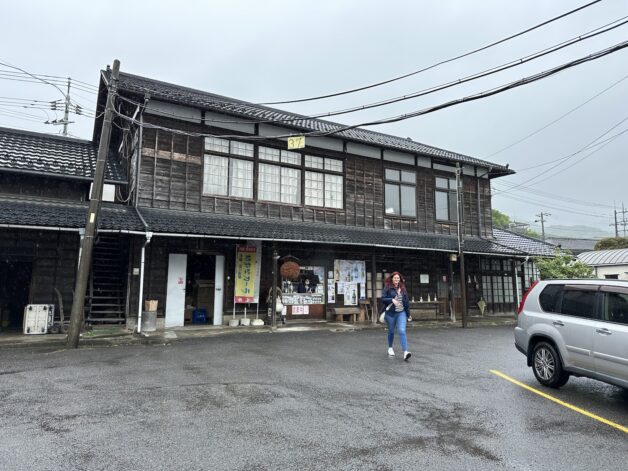
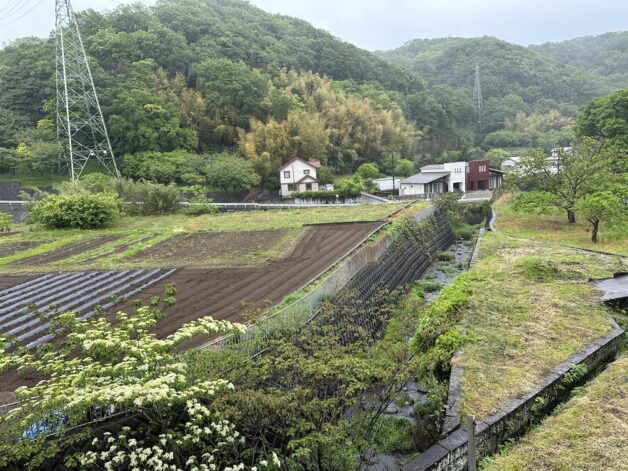
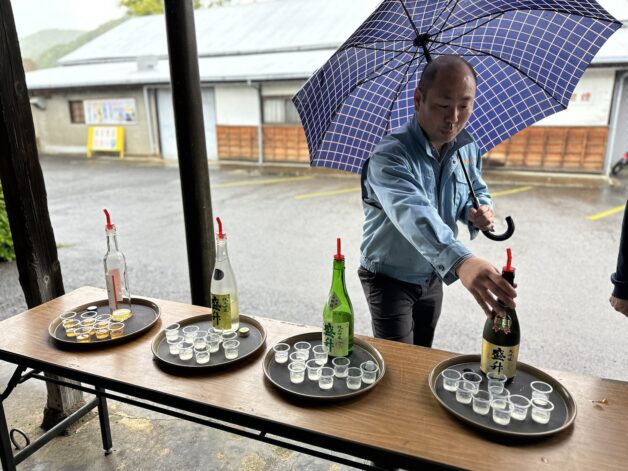
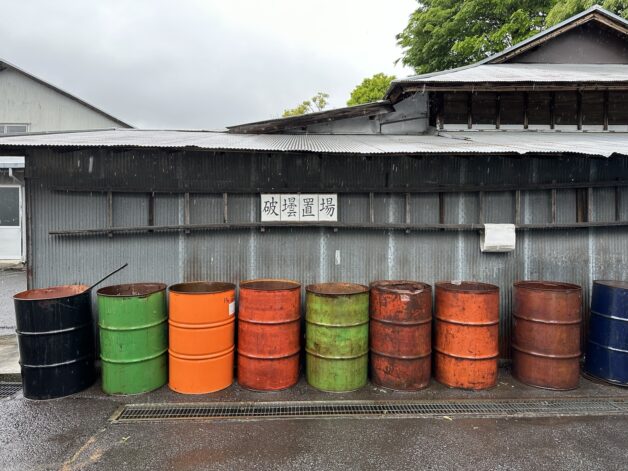
Cool spring water flows forth in the Tanazawa Mountains in Atsugi, where bamboo and azaleas dot the hillsides and a clear stream runs alongside Koganei Brewery. For over 200 years, this brewery has produced sake (rice wine) made from rice grown across Japan. Rice from different parts of the country lends itself to different drinks depending on the characteristics of the place, the land, the climate.
The man leading the OSAY tour I was on is a ninth generation sake brewer. He pointed out a brown, dried out sugidama (cedar ball) hanging next to the brewery’s shop window. Did we know the significance? Sake brewing is closely tied to the rice cycle. Harvest time is October and November, and a fresh green cedar ball is hung at that time so people can come taste the fresh, new sake.
The process of making sake is similar to wine: harvested rice is polished until it’s lost the outer husk and roughage. The more reduced the rice grains are, the higher quality sake it will produce. The rice is then washed, covered in koji spores and left to ferment for a couple of days. For ginjo-shu, sake made from rice with 65% of the grain removed, the rice is gently washed by hand. This is turned into shubo (fermentation starter) and morimi (fermentation mash). The mash stews in monitored tanks for about three weeks, when the alcohol content levels off around 18%. The mash is pressed in something very similar to a winepress and pasteurized.
The 150-yr-old sake storage building we walked around had ancient ladders and old measuring sticks used to see how much sake was left in the giant tanks. These were retired 40 years ago, replaced by sleek tanks in a new warehouse. Back then, it all had to be bottled before summer, when the summer heat would ruin it! Even now, sake remains a winter process. The walls of the old place were made of bamboo, rope, hay and earth, and its massive wooden doors were outfitted with delicate slates that still easily slide open for ventilation.
Rain dripped and trickled from the eves of the 90-yr-old house nearby that now holds the shop window. We got to sample their award-winning mellow sake, a plum liquor, and two other sakes. Unlike wine, where you start with the cheap stuff and move up to the expensive wines, with sake tasting we started with the most delicate, expensive sake and moved on to bolder, less expensive sakes. I bought a bottle of the award-winner and also a yuzu liquor. They also sell gin and beer.
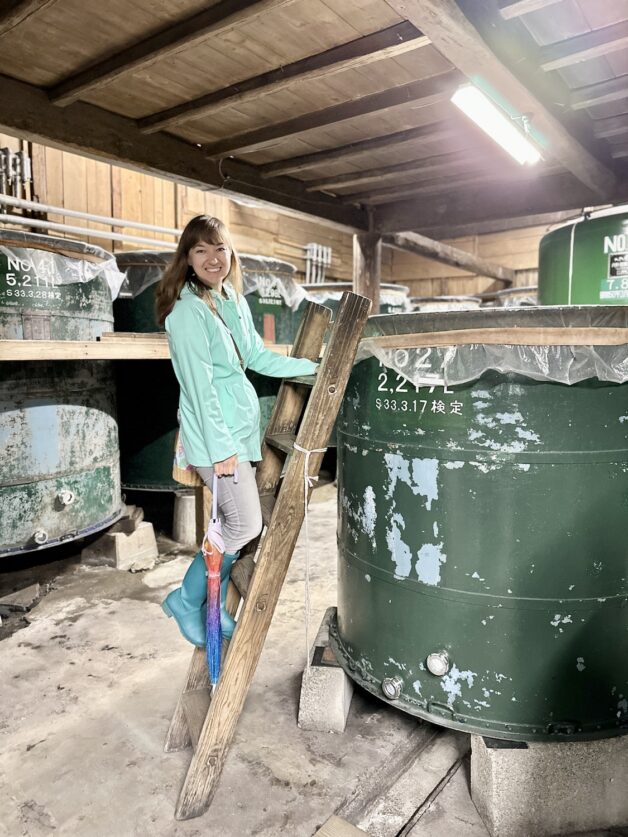
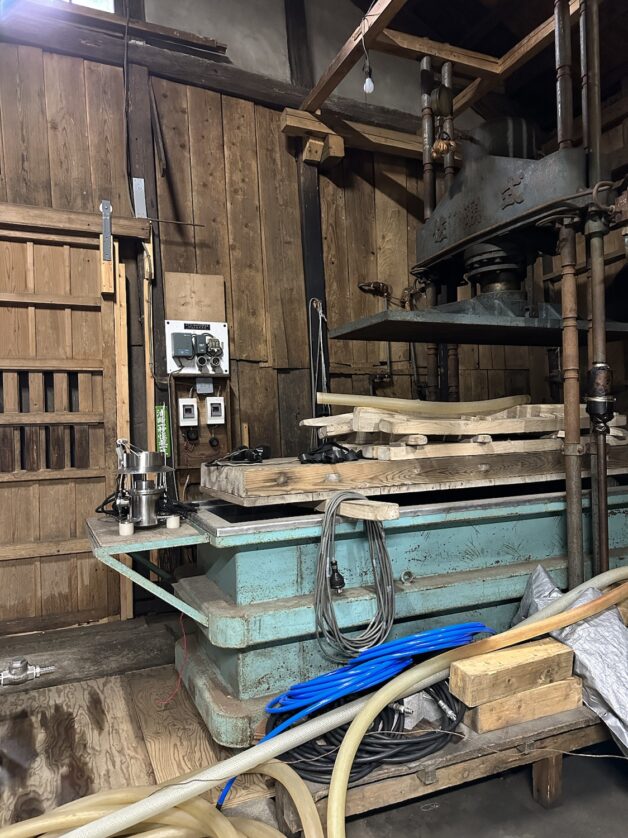
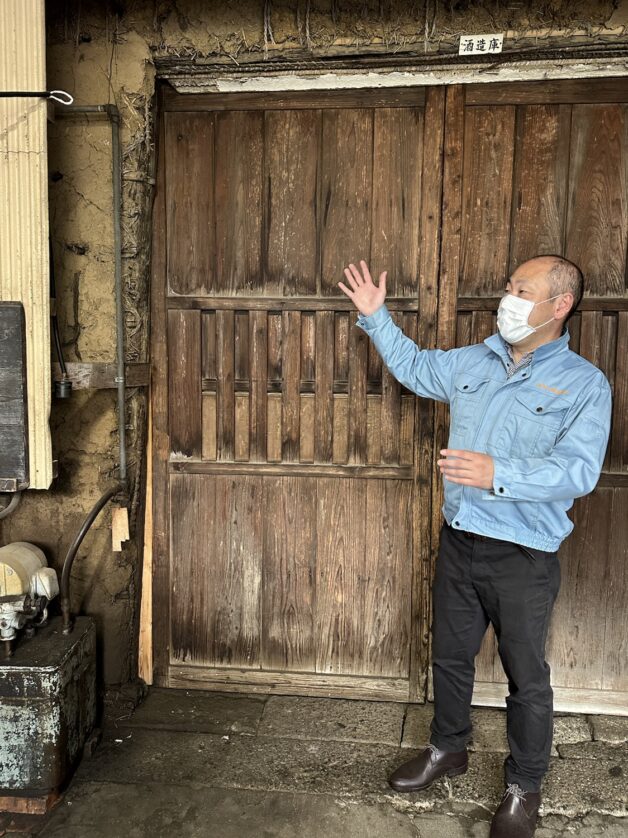
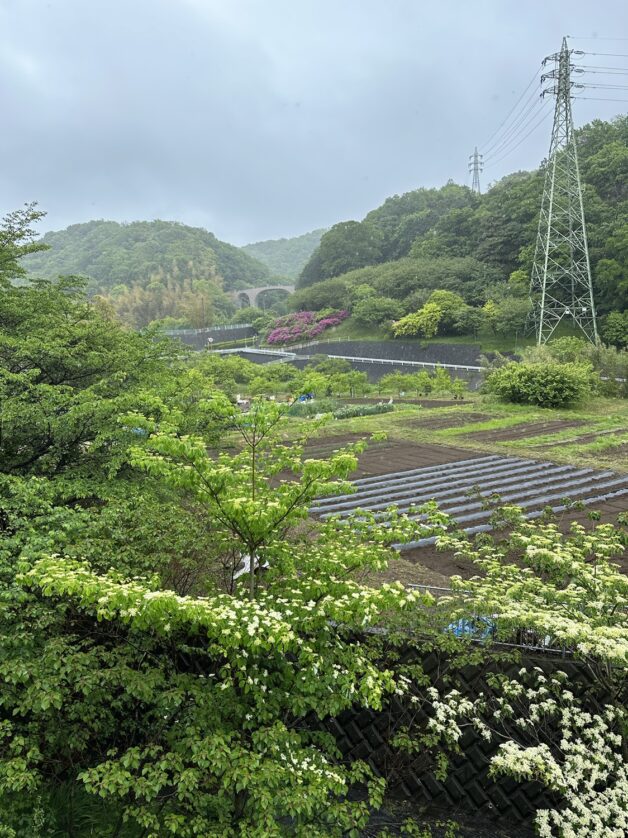
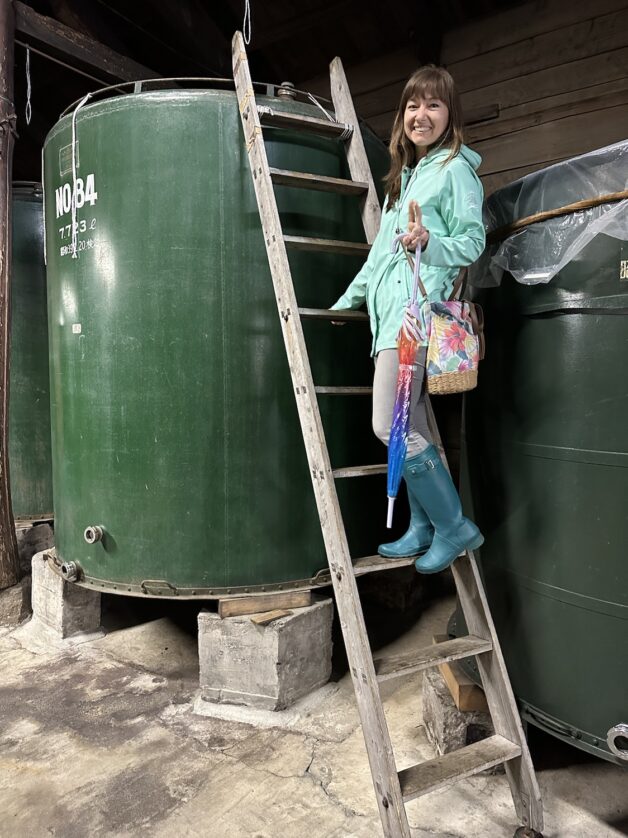
After the brewery tour, we took refuge from the rain in Cafe Jardin (1359-1 Nanasawa, Atsugi, Kanagawa 243-0121) for a quick lunch of the dry curry lunch set, which came with a cup of vegetable soup, small salad, main course, mango pudding, and tea for ¥1390. The tasty vegetables were grown in their garden. Unfortunately it was too rainy to sit out on the cute terrace overlooking nearby fields and hills, but the inside was cozy and atmospheric too.
The rain continued all day as we drove home through whispy clouds and jutting green folds of the mountains around Yokosuka. Wild purple wisteria curled through the fresh green leaves, and ivy grew over the tunnels. In a few more weeks, rainy season will begin. Maybe we will welcome it with a glass of fine sake.
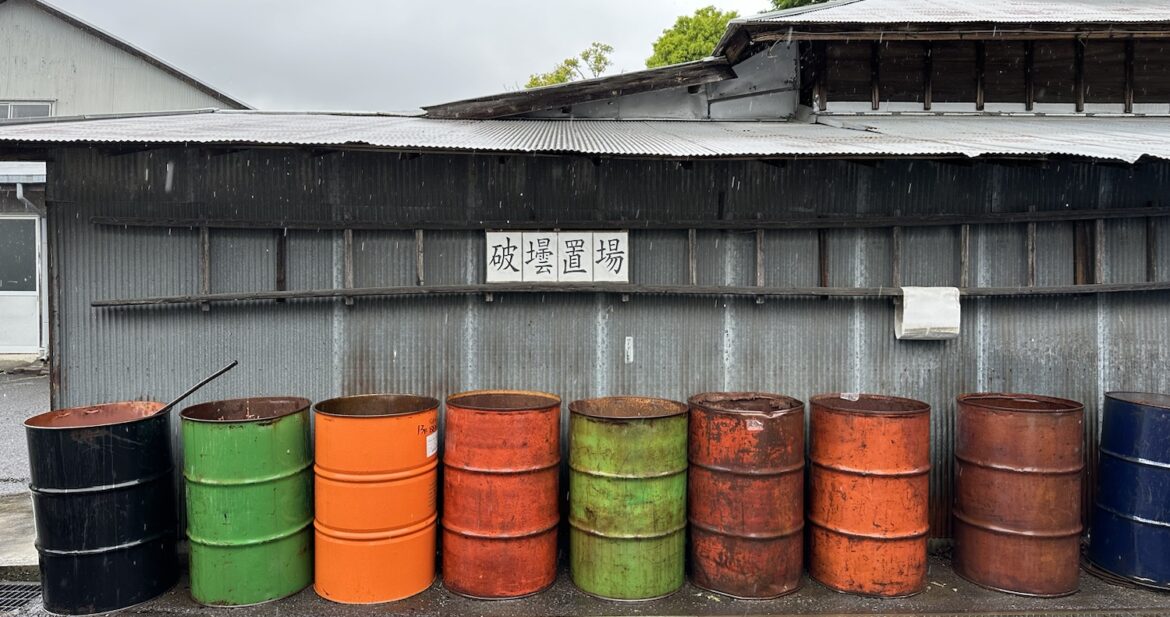
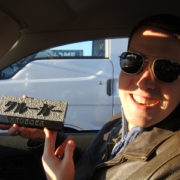 Some Chris
Some Chris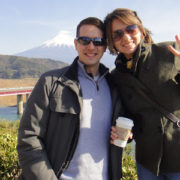 The Strawberry Seaside Highway
The Strawberry Seaside Highway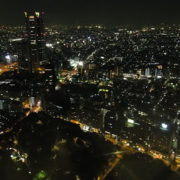 High in Tokyo
High in Tokyo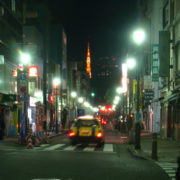 Hatsumode Tokyo—Happy New Year!!
Hatsumode Tokyo—Happy New Year!!